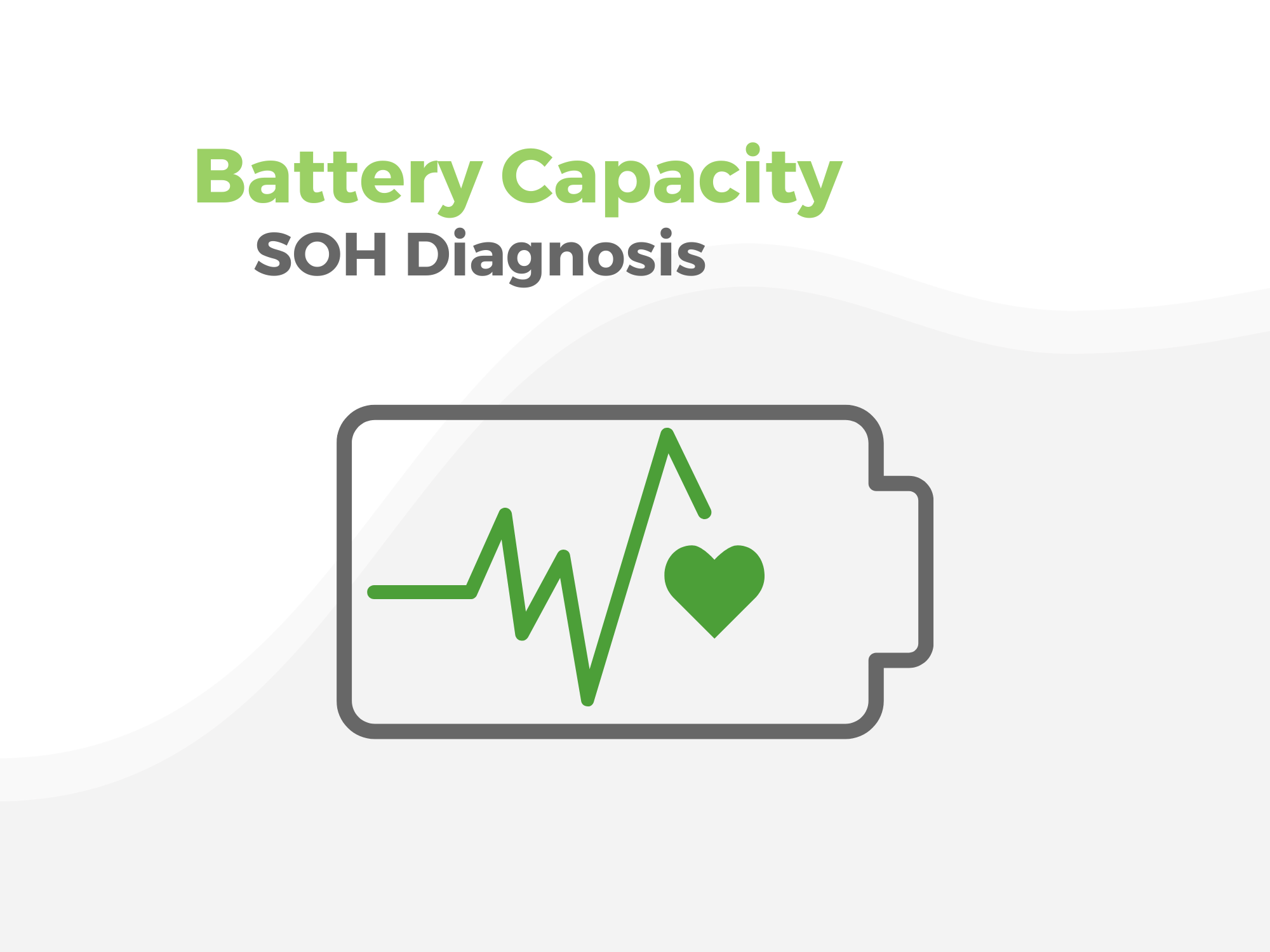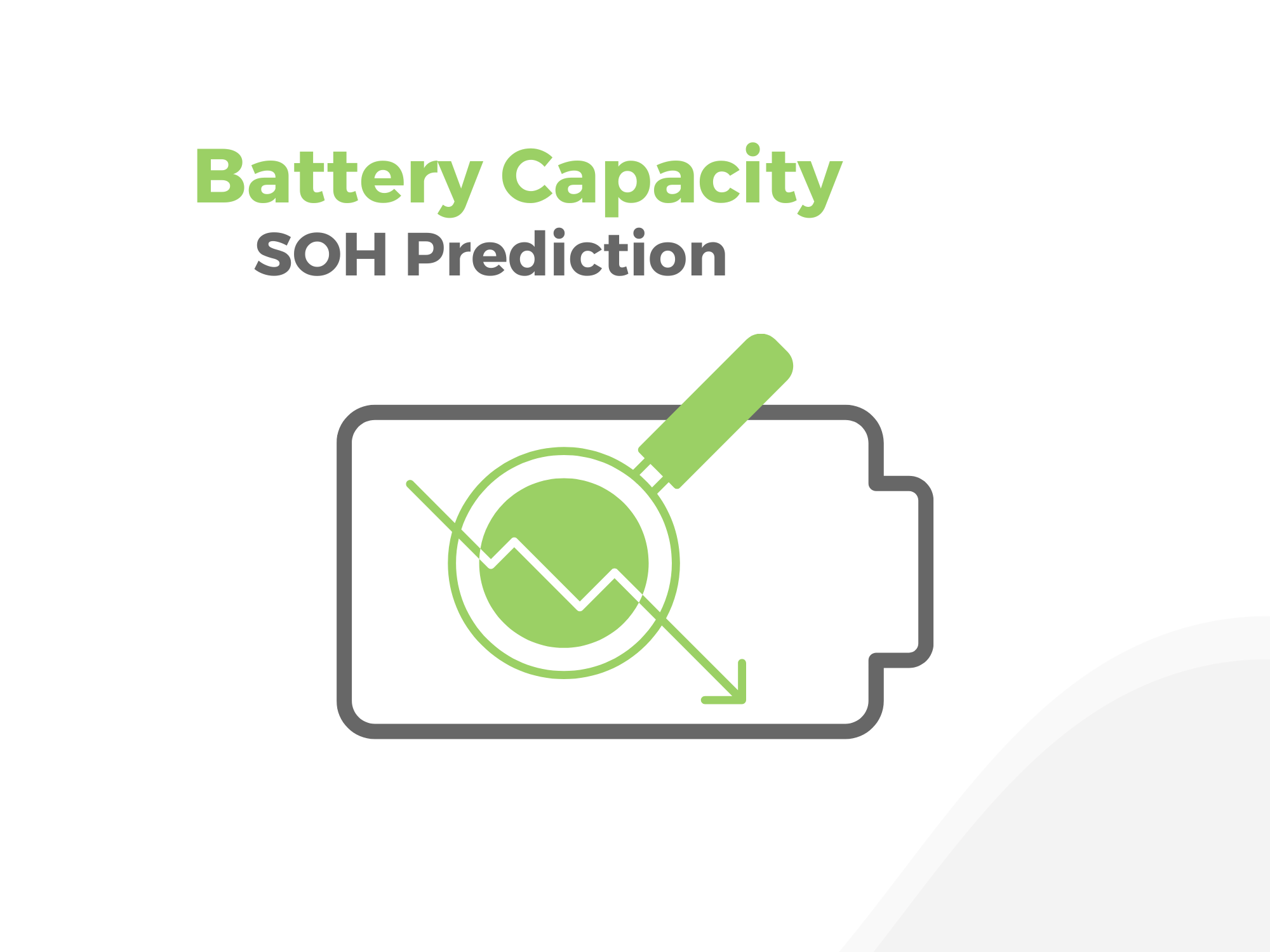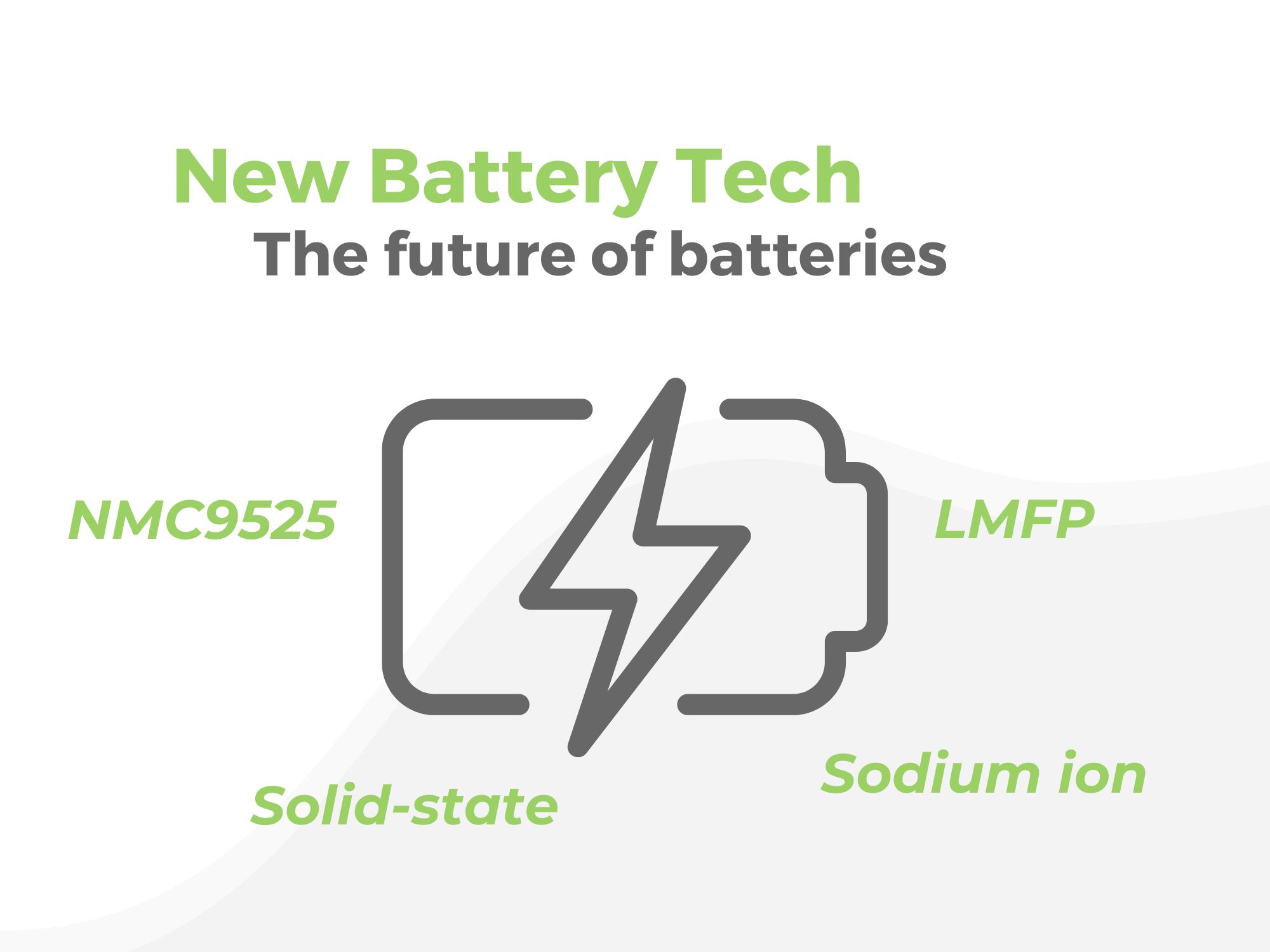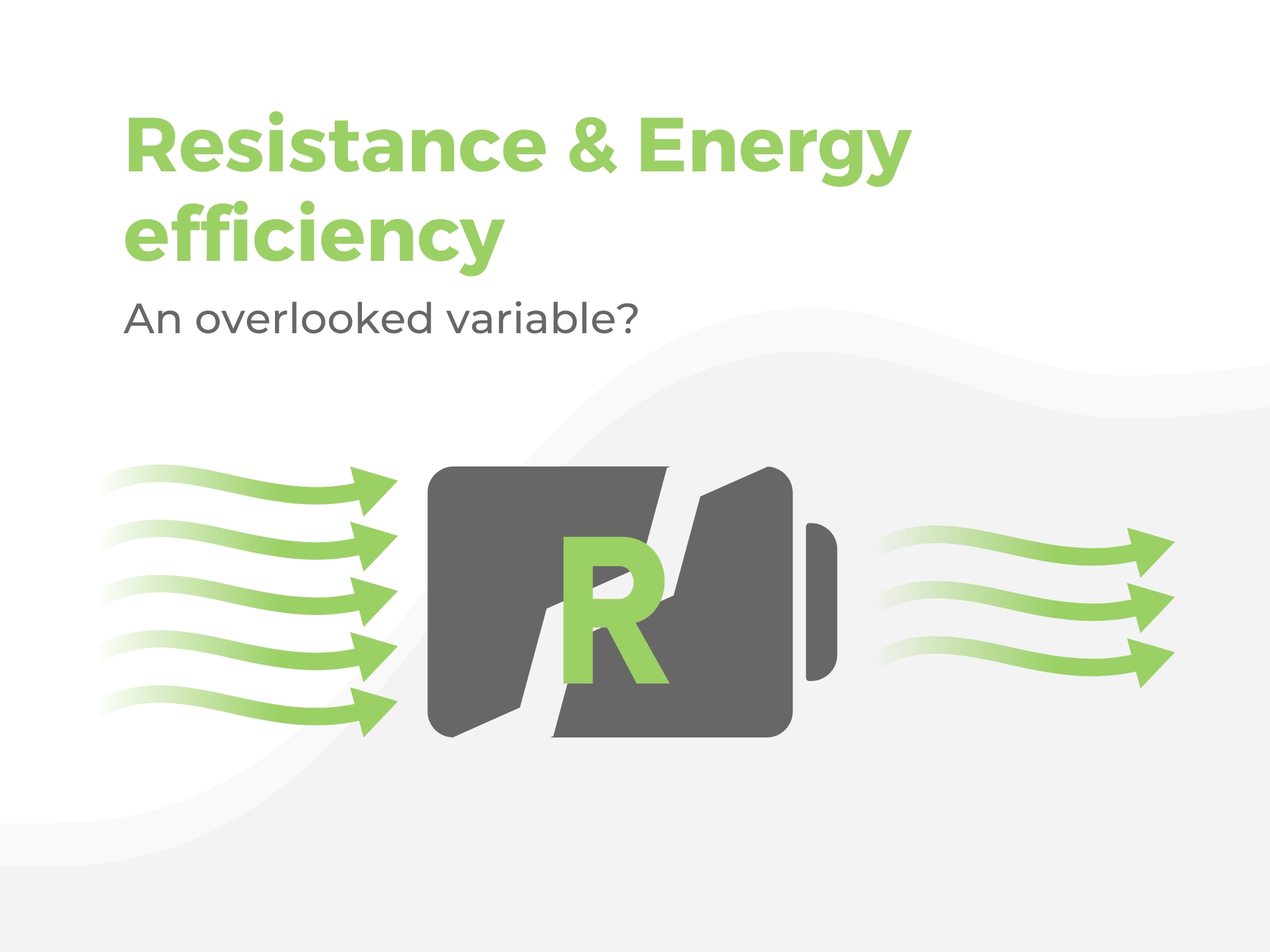A robust SaaS integration process means rapid onboarding. And rapid onboarding means increased performance and RoI.
Customer Success Manager, Lucie Munier explains how.
The sooner your assets are connected to a battery analytics platform, the faster, and more efficiently you can react to anomalies in your system and maximise BESS performance and revenue.
PowerUp has deployed a project methodology that reduces integration time by 300 – 400%.
Battery analytics: harnessing the power of the cloud to maximise BESS performance
Maximising Battery Energy Storage System (BESS) performance is no easy task. Battery Energy Storage Systems are increasingly prevalent and are growing in scale with BESS systems in North America now surpassing 800 MW/3000 MWh. The larger and the more powerful these systems become, the more difficult it becomes to maximise their performance, and diagnose when, why and WHERE technical difficulties arise.
The ability to prevent and anticipate critical BESS problems is therefore paramount. Battery analytics platforms like Battery Insight® are a valuable tool to not just “identify that needle in the haystack” but to diagnose and resolve BESS “needle-related issues”. This is a major reason why battery intelligence platforms are increasingly deployed as a second level of security and performance, surpassing BMS capabilities.
What is onboarding in battery analytics? Why is it so important?
Onboarding is the process by which PowerUp, and other battery analysis suppliers, integrate data from customers’ technical infrastructure into its own battery analytics platform. The installation of this “data pipeline”, when implemented successfully, then facilitates the processing of operational battery data as part of an ongoing battery monitoring process. The successful data pipeline will allow raw data to be transformed into actionable battery insights – information which can safeguard the clients Battery Energy Storage Systems (BESS) against hazards but also improve performance and identify untapped revenue potential.
But beware! The onboarding process, sometimes called a service activation or deployment period is a critical part of this process. And unsatisfactory onboarding processes can result in significant operational delays meaning you can’t access the data needed to protect or maximise your BESS operation, quickly.
This is why PowerUp has invested heavily in developing an onboarding process that is robust, efficient and quickly deployable.
Good project management & the importance of high-level technical oversight (data experts, battery analysts, and electrochemists)
The onboarding process requires a robust project management methodology where PowerUp and its clients work hand-in-hand to prepare an eventual deployment. This process begins with a classic “kick-off meeting” where the respective project teams meet to define business needs, the scope of intervention, and the planned integration timeline in meticulous detail. As well as a Project manager, like me, this part of the project will see the invaluable intervention of our Data analysts, Data engineers and Electrochemists. For me, this is fundamental to the success of an onboarding project. We attach a great deal of importance to these regular exchanges as we plan the future integration into the customers’ infrastructure. Regular weekly meetings are put in place and if possible, bi-weekly meetings.
“In PowerUp, our partners and clients have direct access to our technical experts like Data Analysts, Data Engineers and Electrochemists, if they need to deep dive into a particular subject. This is something that our customers have told us they really appreciate and don’t always find elsewhere ”
Metadata compilation: laying the foundations for success
Once the project plan has been signed off, we will move onto the preliminary phase of data collection. The first step involves defining the specific technical characteristics (sometimes referred to as metadata) of customers’ batteries such as their chemical composition and electrical characteristics. This categorisation process is meticulous – because the next stage, which sees the configuration of the algorithms, depends on it. The historical and live data will be scanned to identify battery use and usage conditions. Our data analysts will then compile specific settings of the generic algorithms used in the analytics solution.
The next step: historical (or operational data)
The historical data (or live data) will then be scrutinized by PowerUp’s data analysts to ensure its quality and granularity are of sufficient quality and to remove anything unusable, or irrelevant. This cleansing process is vital to the efficiency of the overall process. Historical data includes the Rack ID, Timestamp amongst other technical references. Once cleaned and made consistent, this data provides the solid foundations needed to move onto the next step. It is important to mention here that once defined by data experts, the cleansing phase is automatically performed for each upload of new operational data from the asset .
“Depending on the volume of data provided this fine-tuning phase requires several hours of work for a data analyst. It is essential that this data foundation process is as realistic as possible. The more complete the history, the better the data foundation. The configuration work carried out at this stage will have a positive impact on the functionality of Battery Insight®, effectively personalising the platform and increasing its efficiency for the clients’ dataset.
The devil is in the detail and an additional intervention by electrochemists will see the algorithms fine-tuned once again. These experts will also look at our Battery analytics platform, Battery Insight® and make suitable technical changes based on the behaviour of the clients’ batteries.
A bespoke approach: How does PowerUp deploy its battery analytics platform so quickly?
It is this level of detail – the tailor-made approach that I have described in this article that sees data analysts and electrochemists take turns to finely calibrate algorithms that makes PowerUp’s onboarding process so effective and fast to implement. It is because we take the time to get things right so early in the process that we can exploit, and fine tune, coherent generic data and reduce the learning time of the platform. The virtuous circle then continues as the time that we have saved at this point, means that we are able to spend time working on, and fine-tuning Battery Insight®, our Battery analytics platform.
A Process That Takes Only few Weeks with PowerUp
Socomec, the blue-chip energy multinational which recently acquired PowerUp carried out a benchmark of different battery analytics platforms and noted that the onboarding process is exceptionally fast at four weeks on average, compared to several months for some operators.
This compressed timeframe is due to a combination of experience in integrating SaaS solutions, the support of lithium battery data experts and an ability to develop a strong foundation of generic algorithmic parameters that avoids Data Analysts having to start from scratch each time, in effectively what is for some suppliers, a very manual process.
A streamlined process: The benefits to clients
Data collection is performed and analyzed automatically every day. This enables customers to access up-to-date results directly on Battery Insights, our Battery analytics platform, where they will find all the specific performance and optimization indicators they have chosen. Customers can then personalise alerts, notifying them of changes to the BESS which require attention.
The final result: Total autonomy – a 360° view of your Energy Storage System
The result of all this hard work is a battery analytics platform that gives clients total visibility and total autonomy over their BESS. After a short training session, we pass the baton over to our customers who can identify issues that could jeopardize the safety of their BESS, as well as important, untapped opportunities to improve their energy storage system’s efficiency – and potential new sources of revenue!
The system is highly intuitive and can be picked up quickly, but PowerUp’s technical teams are always on hand should you need support.
Lucie Munier. Customer Success Engineer
Contact us for more information.








